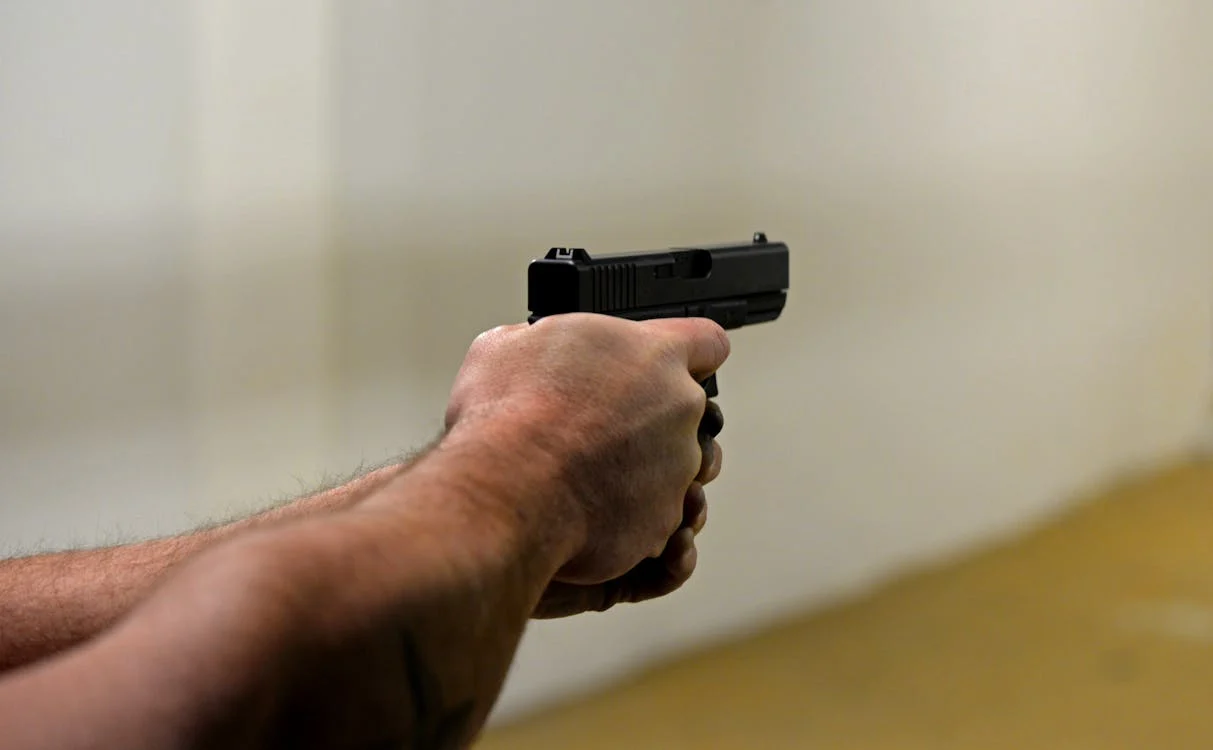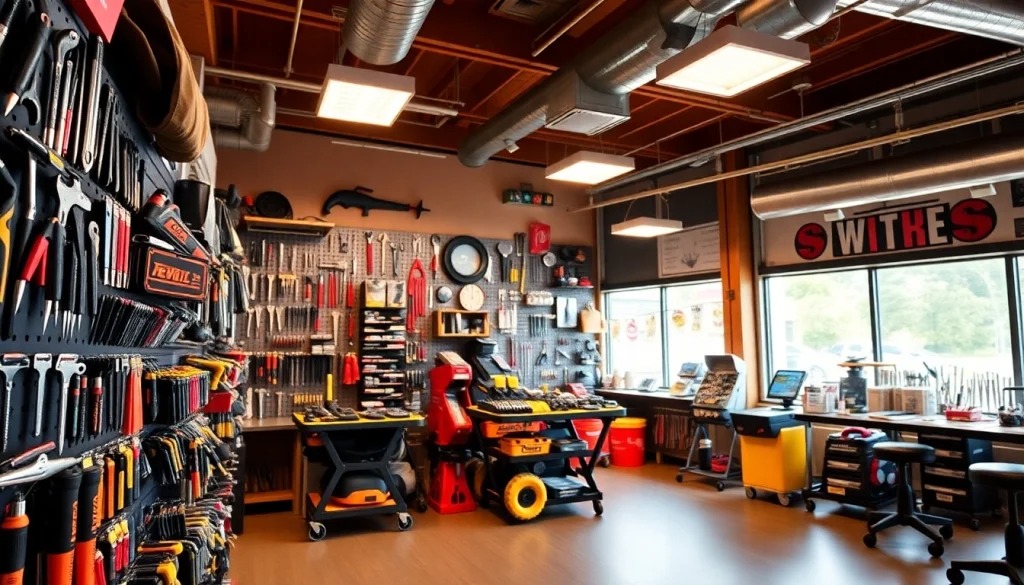The Glock 17L slide is often the defining element of a long-slide Glock 17L build, and its importance to precision shooting cannot be overstated. A Glock 17L slide extends the sight radius, provides a more stable barrel platform, and in many cases is engineered to accept match-grade barrels and optics. Shooters who are focused on target accuracy regularly return to the Glock 17L slide as the single most influential upgrade for turning a standard pistol into a dedicated precision tool. The longer slide mass and extended sight radius that a Glock 17L slide provides are central to why many competitive shooters and precision enthusiasts choose the L configuration.
Design intent and precision characteristics
A properly made Glock 17L slide balances rigidity and weight in ways that support consistent lockup and repeatable point of impact. When builders discuss a Glock 17L slide they are thinking about the way the slide interfaces with the barrel, the tolerances in the slide rails, and the finish that protects against wear. The extra length of a Glock 17L slide typically improves sighting stability and can reduce muzzle flip because the added reciprocating mass changes the dynamics of recoil. For shooters chasing sub-inch groups at distance, a Glock 17L slide is not merely cosmetic; it is a purpose-driven component that changes the behavior of the platform in measurable ways.
Sight mounting and optics readiness
One of the most common reasons to choose a Glock 17L slide is sighting flexibility. Many Glock 17L slide options come optics-ready from the factory or are easy to mill for a red dot, which transforms the pistol into a precision-oriented machine. The longer slide makes co-witnessing iron sights with optics easier and gives a longer sight radius for traditional iron sighting. Whether the goal is to fit a compact reflex sight or to use high-visibility target sights, fitting those solutions on a Glock 17L slide is often simpler and more repeatable than trying to adapt them to shorter slides.
Barrel match and compatibility
The relationship between a slide and barrel is intimate: a Glock 17L slide paired with a match-grade barrel will often produce better groups than the same barrel installed in a shorter slide. This is due to the increased surface area of contact and the potential for tighter tolerances on the slide’s breech face and locking lugs. Gunsmiths evaluating Glock 17L slide pairings routinely look at headspace, crown condition, and how the barrel locks up under the slide. For accuracy-focused owners, selecting a Glock 17L slide manufactured to precise tolerances is a key step toward unlocking the real potential of a premium barrel.
Mass, cyclic rate, and recoil management
Altering slide length and mass subtly changes the pistol’s reciprocating dynamics. A Glock 17L slide typically has a higher reciprocating mass than a standard slide, and that affects how fast the action cycles and how the shooter’s hand perceives recoil. Because these effects can influence spring choices and ammunition tuning, owners who install a Glock 17L slide often also evaluate recoil springs and guide rods to ensure reliable function across the loads they intend to shoot. Thoughtful integration of spring rates and mass is crucial to marrying the Glock 17L slide to the rest of the firearm without introducing reliability issues.
Durability and materials
Not all Glock 17L slide offerings are created equal. Material selection, heat treatment, and finish quality determine how a slide will stand up to repeated firing and environmental exposure. A well-made Glock 17L slide will use steels and coatings that resist corrosion and wear while maintaining precise surfaces where the barrel and frame meet. For those who train extensively, investing in a Glock 17L slide with proven metallurgy is a hedge against accelerated wear and a safeguard for long-term accuracy.
Aesthetics, ergonomics, and customization
Beyond pure function, the Glock 17L slide also becomes a canvas for customization. Serrations, lightening cuts, and aesthetic coatings allow owners to personalize the look and feel of their pistols. Some prefer aggressive serrations for tactile manipulation, while others like subtle machining that preserves a classic silhouette. Regardless, any change to a Glock 17L slide’s profile must be weighed against holster compatibility, draw ergonomics, and potential changes to sight height and optic mounting.
Maintenance and safe operation
Routine maintenance keeps a Glock 17L slide performing at its best. Cleaning the slide rails, inspecting for cracks or peening, and ensuring the recoil assembly is matched to slide mass are part of responsible ownership. If a Glock 17L slide shows signs of unusual wear or damage, replacing it with a properly spec’d unit prevents unsafe operation. Owners should always follow manufacturer guidance and consult qualified gunsmiths when making major alterations to a slide or its associated components.
Choosing between OEM and aftermarket slide options
Deciding on a Glock 17L slide involves assessing quality, intended use, and budget. OEM-style Glock 17L slide assemblies provide predictable fit and fewer surprises, while high-quality aftermarket Glock 17L slide options can offer match-grade features and customization not available from the factory. Weighing the trade-offs—how a particular Glock 17L slide will affect balance, sighting, and maintenance—is essential to making a choice that aligns with shooting goals.
Final considerations for precision shooters
For anyone building a precision pistol platform, the Glock 17L slide is a central decision that shapes accuracy potential, sighting choices, and shooting feel. Selecting a Glock 17L slide that pairs well with a match barrel, appropriate recoil spring, and an optics solution will yield the best results. When the goal is tight groups, repeatable point-of-impact, and a comfortable recoil impulse, the Glock 17L slide often plays the starring role in delivering the kind of performance precision shooters demand.



